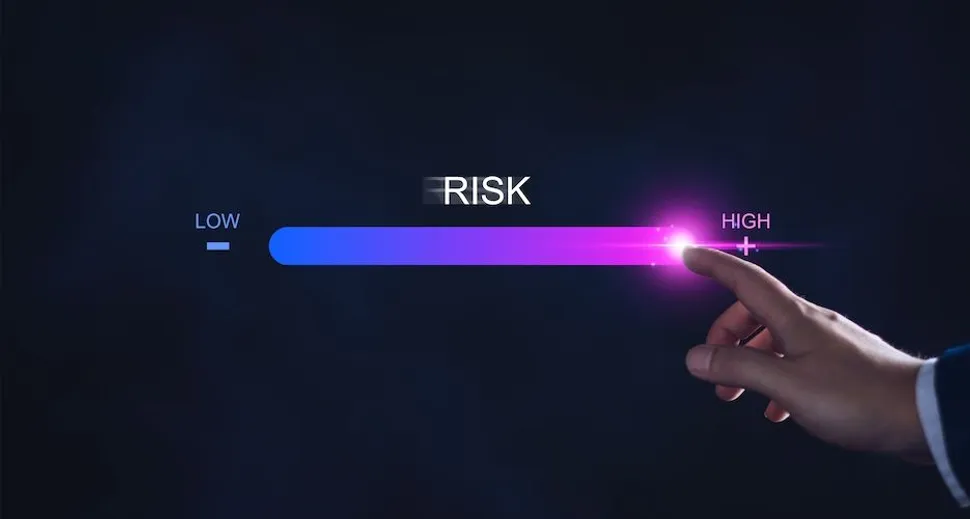Zanubrutinib + Venetoclax for High-Risk First-Time Treated CLL

Learn how the combination of zanubrutinib and venetoclax helped high-risk CLL patients with del(17p)/TP53 mutation as their first treatment from SEQUOIA study updates.
What is the SEQUOIA Study?
The SEQUOIA clinical trial helped get the second-generation BTK inhibitor zanubrutinib (Brukinsa, BeiGene) FDA-approved by January 2023. The SEQUOIA study is still actively gathering data regarding the effectiveness of zanubrutinib; however, it is no longer accepting new patients.
Clinical trials like the SEQUOIA study have different parts, referred to as arms. In arm D of the SEQUOIA trial, zanubrutinib was combined with the BCL-2 inhibitor venetoclax (Venclexta, AbbVie) to evaluate if this treatment combination helped del(17p)/TP53 mutated CLL. Up to 7% of untreated CLL patients have this type of high-risk disease, and it may reduce the time targeted therapies are effective against CLL.
Combining BTK and BCL-2 inhibitors, such as ibrutinib and venetoclax, has shown promising results for CLL patients. Is the newer BTK inhibitor zanubrutinib a safer selection than ibrutinib when combined with venetoclax? Although ibrutinib has proven to be effective for many CLL patients, keeping the disease at bay, it often comes with more side effects than second-generation BTK inhibitors, making zanubrutinib a potentially better choice.
How Effective is Zanubrutinib & Venetoclax for Del(17p)/TP53 Mutated CLL?
CLL specialist Paolo Ghia, MD, PhD, from the San Raffael Hospital in Milan, Italy, shared insight about preliminary results from arm D of the SEQUOIA study at the recent EHA 2024 conference.
Patients received zanubrutinib alone for three months, followed by zanubrutinib and venetoclax combined for about two years, and then zanubrutinib treatment alone until they achieved a complete reduction of CLL signs/symptoms and undetectable minimal residual disease (uMRD) or until CLL became resistant to treatment.
The findings showed:
- At the check-in point of 2.4 years after the start of treatment:
- All patients responded to the combination and 87% of them remained on treatment
- 45% of patients experienced a complete reduction of CLL signs and symptoms
- 48% of patients achieved uMRD
- At 3 years after starting treatment, CLL was still in remission for 92% of patients
- The majority of patients experienced common side effects, including infections, diarrhea, bruising, nausea, and decreased neutrophils (neutropenia)
- No cases of a severe side effect called tumor lysis syndrome were reported
Conclusion
In conclusion, updates from the SEQUOIA study showed promising results for zanubrutinib and venetoclax’s potential as a first-time treatment for patients with del(17p)/TP53 mutated CLL.
Join the HealthTree for CLL Newsletter to Learn More!
We invite you to click the button below to subscribe to our newsletter and stay updated on the latest advancements in chronic lymphocytic leukemia.
JOIN THE HEALTHTREE FOR CLL NEWSLETTER
Sources:
Learn how the combination of zanubrutinib and venetoclax helped high-risk CLL patients with del(17p)/TP53 mutation as their first treatment from SEQUOIA study updates.
What is the SEQUOIA Study?
The SEQUOIA clinical trial helped get the second-generation BTK inhibitor zanubrutinib (Brukinsa, BeiGene) FDA-approved by January 2023. The SEQUOIA study is still actively gathering data regarding the effectiveness of zanubrutinib; however, it is no longer accepting new patients.
Clinical trials like the SEQUOIA study have different parts, referred to as arms. In arm D of the SEQUOIA trial, zanubrutinib was combined with the BCL-2 inhibitor venetoclax (Venclexta, AbbVie) to evaluate if this treatment combination helped del(17p)/TP53 mutated CLL. Up to 7% of untreated CLL patients have this type of high-risk disease, and it may reduce the time targeted therapies are effective against CLL.
Combining BTK and BCL-2 inhibitors, such as ibrutinib and venetoclax, has shown promising results for CLL patients. Is the newer BTK inhibitor zanubrutinib a safer selection than ibrutinib when combined with venetoclax? Although ibrutinib has proven to be effective for many CLL patients, keeping the disease at bay, it often comes with more side effects than second-generation BTK inhibitors, making zanubrutinib a potentially better choice.
How Effective is Zanubrutinib & Venetoclax for Del(17p)/TP53 Mutated CLL?
CLL specialist Paolo Ghia, MD, PhD, from the San Raffael Hospital in Milan, Italy, shared insight about preliminary results from arm D of the SEQUOIA study at the recent EHA 2024 conference.
Patients received zanubrutinib alone for three months, followed by zanubrutinib and venetoclax combined for about two years, and then zanubrutinib treatment alone until they achieved a complete reduction of CLL signs/symptoms and undetectable minimal residual disease (uMRD) or until CLL became resistant to treatment.
The findings showed:
- At the check-in point of 2.4 years after the start of treatment:
- All patients responded to the combination and 87% of them remained on treatment
- 45% of patients experienced a complete reduction of CLL signs and symptoms
- 48% of patients achieved uMRD
- At 3 years after starting treatment, CLL was still in remission for 92% of patients
- The majority of patients experienced common side effects, including infections, diarrhea, bruising, nausea, and decreased neutrophils (neutropenia)
- No cases of a severe side effect called tumor lysis syndrome were reported
Conclusion
In conclusion, updates from the SEQUOIA study showed promising results for zanubrutinib and venetoclax’s potential as a first-time treatment for patients with del(17p)/TP53 mutated CLL.
Join the HealthTree for CLL Newsletter to Learn More!
We invite you to click the button below to subscribe to our newsletter and stay updated on the latest advancements in chronic lymphocytic leukemia.
JOIN THE HEALTHTREE FOR CLL NEWSLETTER
Sources:

about the author
Megan Heaps
Megan joined HealthTree in 2022. She enjoys helping patients and their care partners understand the various aspects of the cancer. This understanding enables them to better advocate for themselves and improve their treatment outcomes.
More on Clinical Trials
Trending Articles

Get the Latest Chronic Lymphocytic Leukemia Updates, Delivered to You.
By subscribing to the HealthTree newsletter, you'll receive the latest research, treatment updates, and expert insights to help you navigate your health.
Together we care.
Together we cure.
3x Faster.










